Discover essential tips for rescuing a mushy snake plant at base. From identifying causes to effective treatment methods, learn how to bring your beloved plant back to vibrant health!
Have you noticed your snake plant feeling a bit mushy at the base? If so, it’s time to spring into action – your plant is sending out an SOS!
A healthy snake plant should have leaves that are firm and springy. If they’re drooping, mushy, or leaking fluid, you’ve got a significant problem on your hands.
But don’t worry, you’re not alone in this. We’re here to guide you through identifying the causes and, more importantly, how to save your beloved plant.

Why is Your Snake Plant Mushy?
The main reason for a snake plant mushy at the base is overly damp soil.
Overwatering can lead to root rot, a horrible condition that, if left unchecked, can creep up on the leaves and eat the plant until it’s completely gooey.
Other possible reasons include fungal infections (maybe brought in by another plant) or temperature shock caused by sudden changes in your home’s environment.
If the rotting parts aren’t removed, the problem could spread through your snake plant.
Saving Your Snake Plant
First things first: grab a sanitized blade. You’ll need to trim away the mushy, floppy parts of the leaves.
In severe cases, you might have to sacrifice a good portion of the foliage. It’s a tough call, but necessary for your plant’s survival.
Common Causes of Mushiness
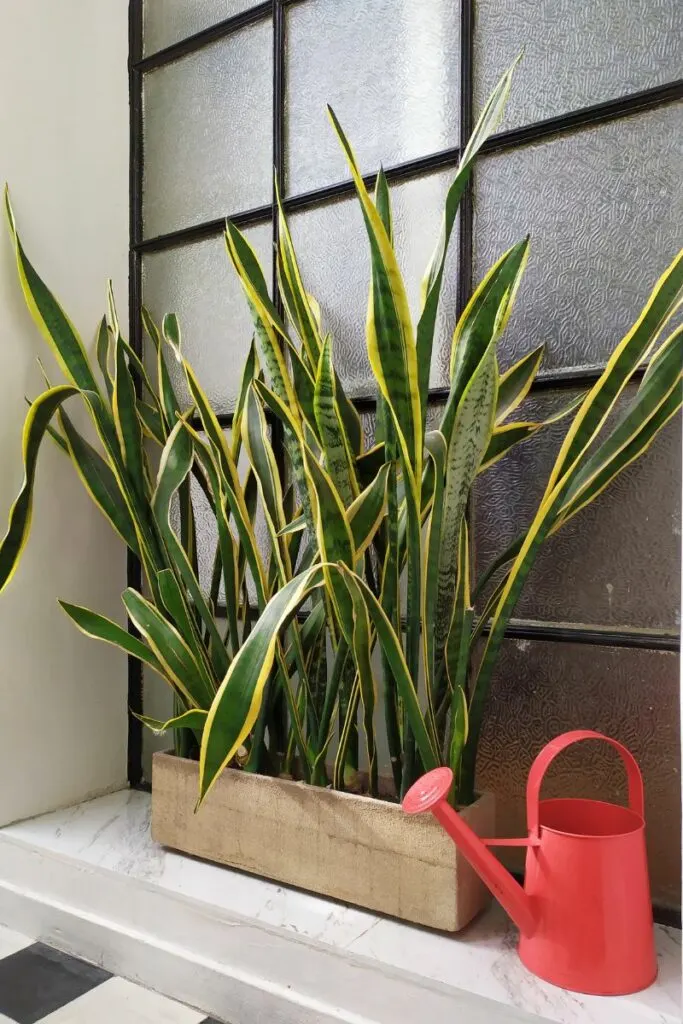
1. Overwatering
Your snake plant loves a drink, but too much water is a no-go.
When the soil stays wet for too long, it becomes a breeding ground for bacteria and fungi.
These pests invade the roots and, eventually, the leaves. At that point, the foliage of your snake plant will begin to show mushy patches.
Usually, these mushy spots develop brown after initially turning yellow. They will start appearing on the undersides of the leaves and move upward.
Remember, if the leaves are falling over, it’s a sign that they can’t support their own weight due to the mushiness at the base.
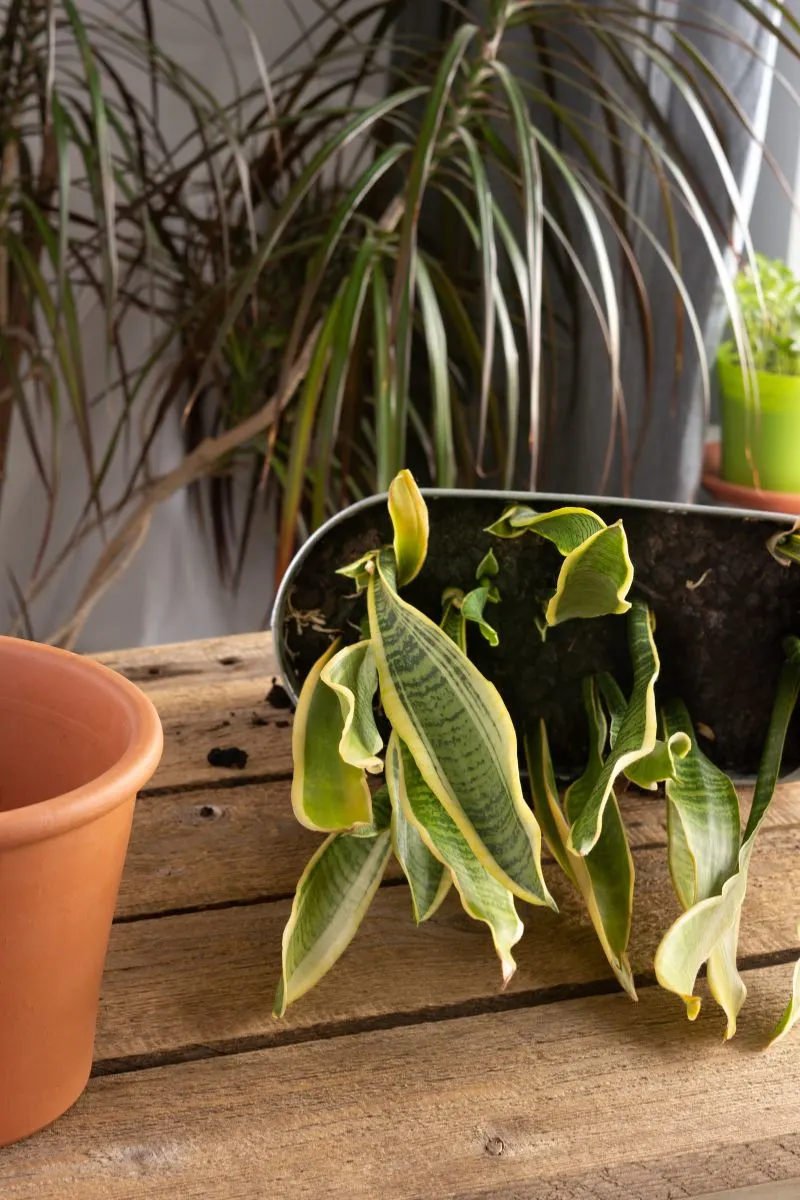
2. Dense Soil: A Hidden Enemy
Even with careful watering, the wrong soil can be your downfall and result in a snake plant going mushy.
Some potting mixes retain too much water, leading to prolonged dampness and, ultimately, root rot.
Avoid the following if you don’t want to end up with a mushy snake plant:
- Steer clear of garden soil.
- Avoid mixes with over 50% coconut coir, peat moss, or similar spongy materials.
- Stay away from soils high in fine particles like vermiculite.
After you water your snake plant, keep an eye on how long your soil stays wet. If it takes more than four to five days to dry out, it’s a red flag.
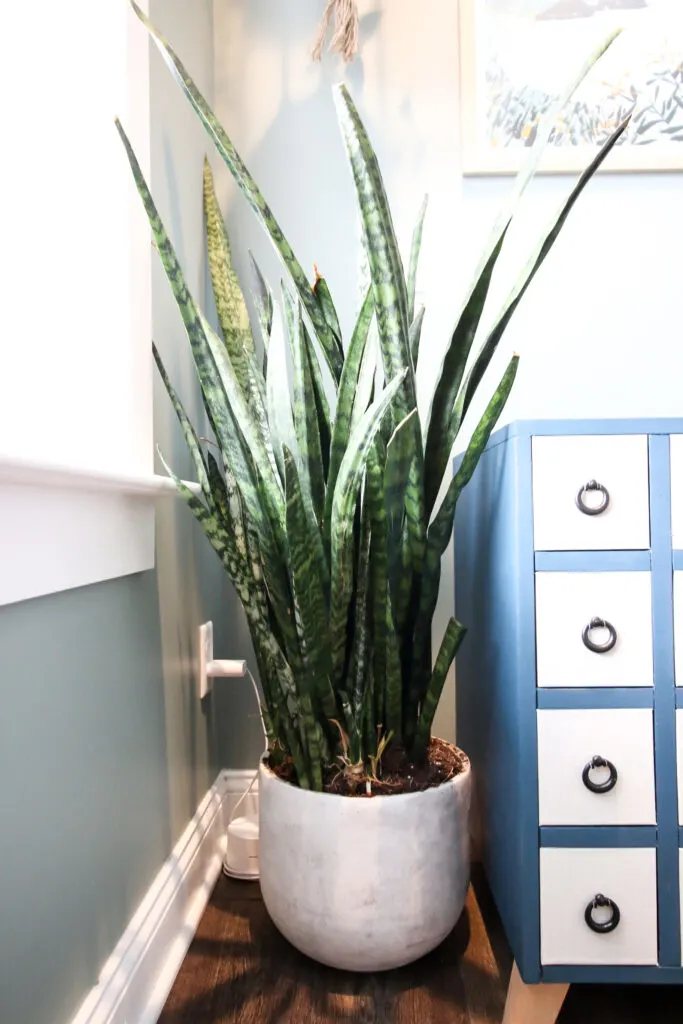
3. Fungal Disease
Besides root rot, other infections like fungal and bacterial diseases can cause your snake plant mushy. These unwanted guests can enter your plant’s life in various ways, such as:
- Bringing home an infected plant unknowingly – a common mishap.
- Microorganisms hitchhiking on your hands from other plants or soil.
- Spores drifting in through an open window.
- Pests like aphids and spider mites acting as disease carriers.
- Using unsterilized tools or soil, like not sanitizing your trimmers or using non-sterilized potting mix.
These diseases often show up as circular, moist patches of black or brown on the plant, sometimes surrounded by a larger golden ring.
If left unchecked, these spots can spread and consume most of your plant.
Remember, moisture and humidity are the allies of these diseases, so avoid misting your snake plant, as it occasionally leaves moisture beads on the foliage.
Also, when watering it, avoid leaving liquid standing in the middle of the foliage’s cupped sections.
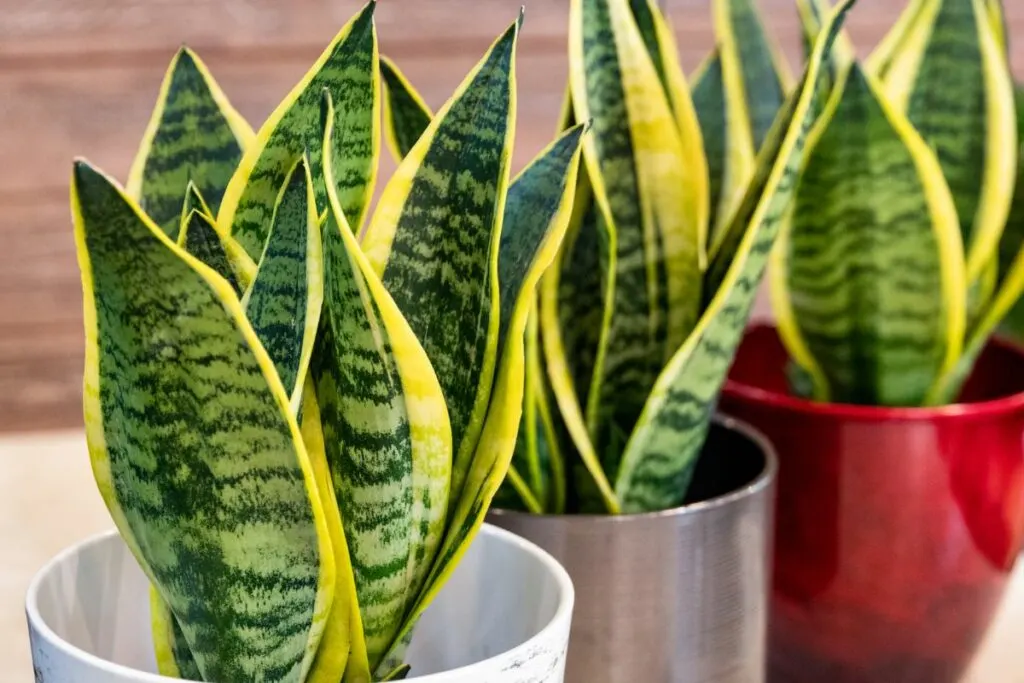
How to Save Your Mushy Snake Plant
When your snake plant starts getting mushy, it’s a red flag signaling a serious problem.
Sometimes, the infection is too advanced, and the plant might not recover.
However, by following these steps, you give your plant the best fighting chance, though be prepared for the possibility of having to part ways with it.
Even if your plant can’t be saved, its offshoots might still thrive. Snake plants can reproduce from healthy bits of roots and leaves.
If you can salvage some healthy tissue, you might be able to regrow your plant.
Here are some things you can do before your mushy snake plant goes dark:
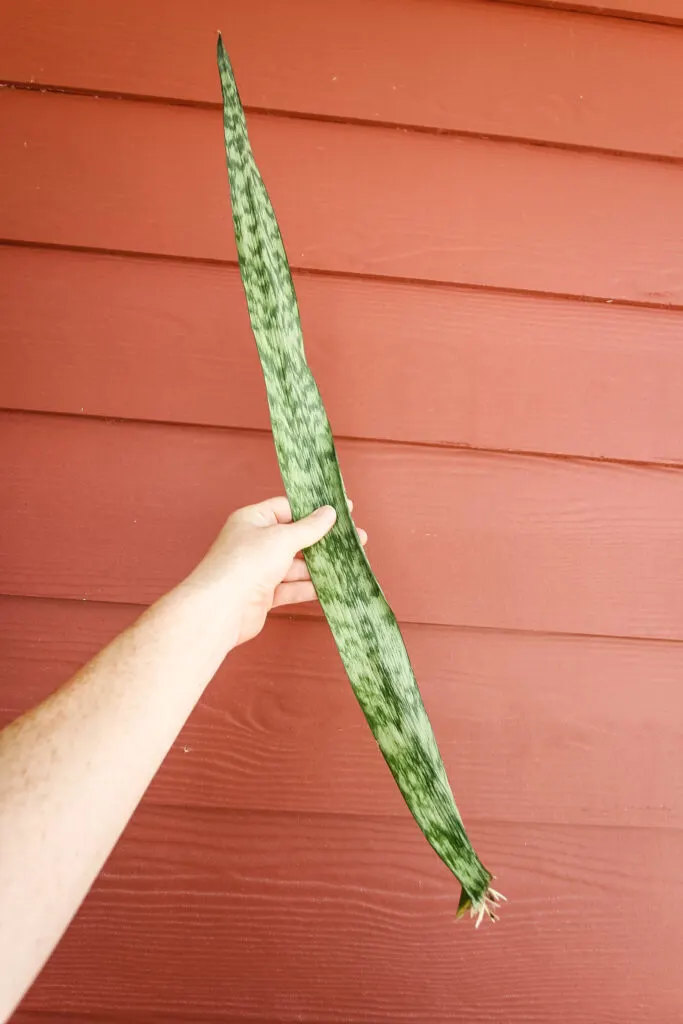
1. Rescue Operation for Your Snake Plant
Changing your watering habits won’t be enough to save your snake plant once it starts to get spongy. This is what you will have to do:
- Carefully remove the plant from its soil and clean it.
- Sanitize your pruning scissors by rubbing alcohol or a bleach solution (1 part bleach to 9 parts water) and repeat before each cut.
- Cut off any roots that are dark, brown, grey, slimy, or smelly.
- Remove all leaves with soft spots – this is no time for sentimentality. If in doubt, cut it out.
- Soak the roots in a mix of one part hydrogen peroxide to three parts water.
- Replant your snake plant in a clean pot.
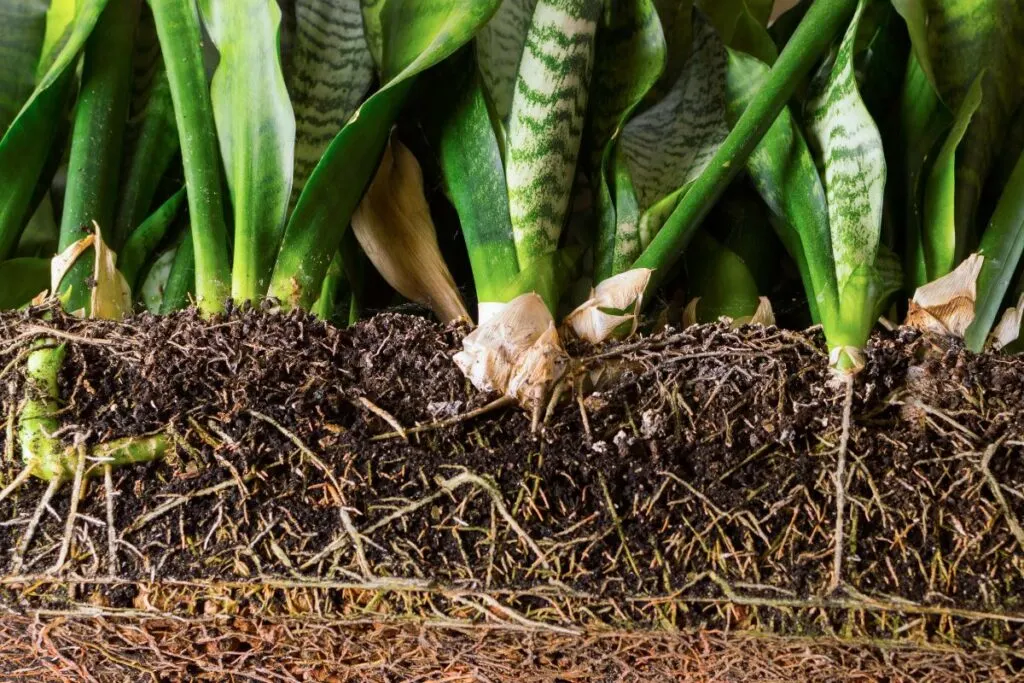
2. Pick the Right Soil for Replanting
You should opt for a well-draining soil mix. If buying pre-mixed, choose a succulent or cactus mix.
Or, try this DIY recipe:
- 40% coarse perlite (rinse it first).
- 30% coconut coir.
- 20% chunks of fir bark (usually sold as orchid potting material).
- 10% worm castings.
Further Steps and Care Tips
Regardless of the cause for a mushy snake plant, you’ll need to make some tough decisions and remove the mushy parts to save the healthier sections of your snake plant.
For more detailed guidance on snake plant care, check out our other posts. With the right care and attention, your snake plant can still be a resilient and thriving part of your home.
Thanks for reading!


Hey there, I’m Morgan, a houseplant enthusiast from sunny Charleston, South Carolina. Growing up surrounded by my mom’s lush orchids and African violets, I discovered the magic of bringing nature indoors. Thanks to the pandemic, I delved deeper into houseplants, discovering their power to uplift moods and transform spaces. I’m here to spill all my secrets, helping you pick the perfect houseplant – and make it happy. Let’s keep your plants alive, together! 😊
